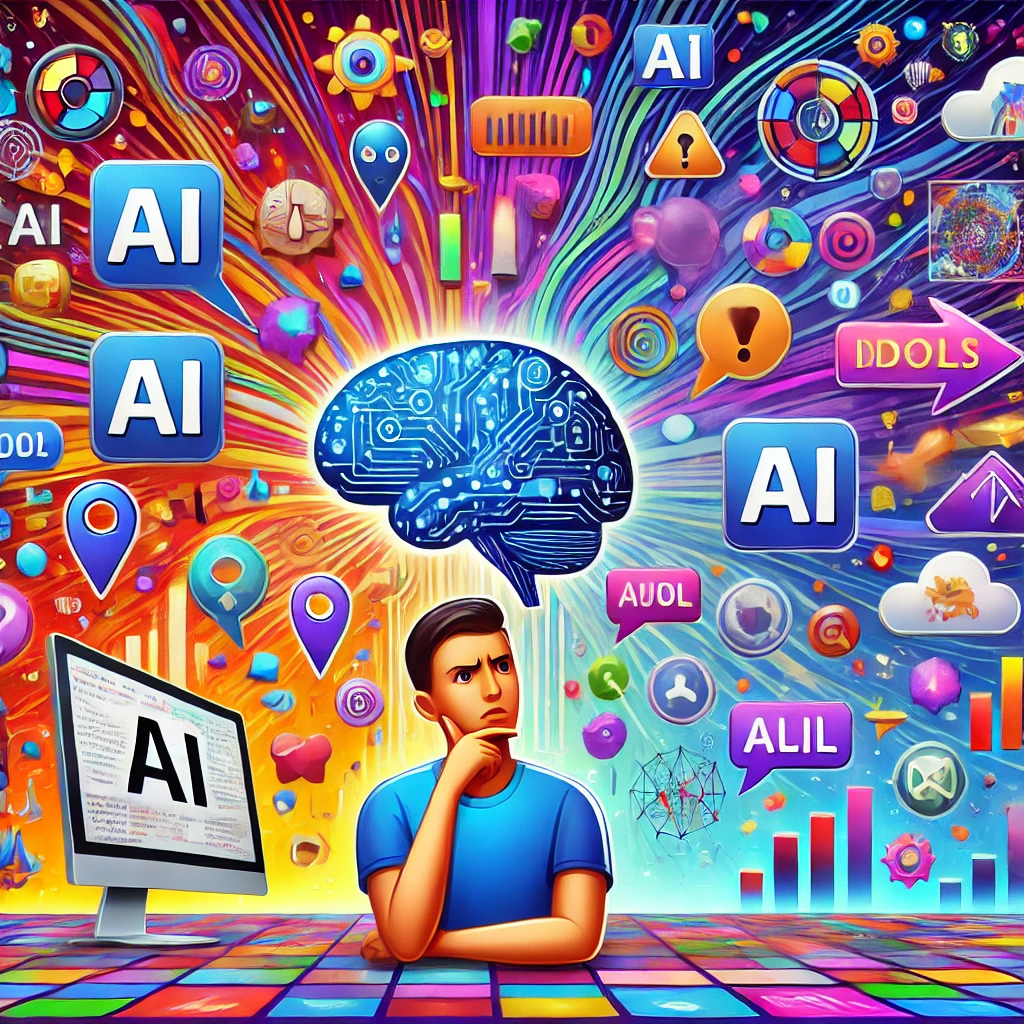As artificial intelligence (AI) becomes more integrated into everyday life, a growing challenge is emerging: the average user doesn’t want—or isn’t able—to deal with the technical complexities of AI models or crafting the perfect prompt. While AI offers powerful tools, many users find themselves overwhelmed by the need to choose the right model or tweak prompts to get meaningful results.
The Complexity Problem
Today’s AI landscape is full of potential, but it’s often packaged in ways that require technical know-how. Users are asked to select from various AI models and fine-tune their inputs (or prompts) to get the output they need. This level of customization might appeal to AI enthusiasts or developers, but it can be daunting for everyday users.
A casual user just wants an AI tool that works, without needing to understand whether they should use GPT, BERT, or another model—or how to format their request for the best results. This gap between AI’s capabilities and user expectations points to a critical need: more intuitive, user-friendly AI applications.
The Need for Smart AI Applications
For AI to reach its full potential among non-experts, software applications need to do the heavy lifting. Instead of requiring users to select models or tweak prompts, the software should be able to automatically assess and adapt to the user’s needs. AI tools should focus on delivering easy, accessible results without asking users to understand the underlying mechanics.
Some tech companies have already begun creating AI-powered apps that simplify the process, focusing on specific tasks like content creation or data analysis. However, the industry as a whole still has room to improve by offering smarter, more seamless AI experiences.
A Call for Innovation
To address this challenge, developers need to create AI-driven software that can intelligently select the appropriate models and adapt prompts based on user intent. This would make AI more approachable and usable for everyday tasks like writing emails, summarizing reports, or even managing workflows. Ideally, users would interact with AI in the same way they interact with apps today—through straightforward, intuitive interfaces that “just work.”
As AI continues to evolve, the focus should shift toward making these technologies more accessible to everyone, regardless of technical expertise. The future of AI lies in its ability to work behind the scenes, delivering intelligent solutions without requiring the user to understand how it all works.
About the Author:
Jennifer Reid is a tech journalist specializing in AI advancements and user experience. She explores how emerging technologies are shaping industries and impacting everyday life.





